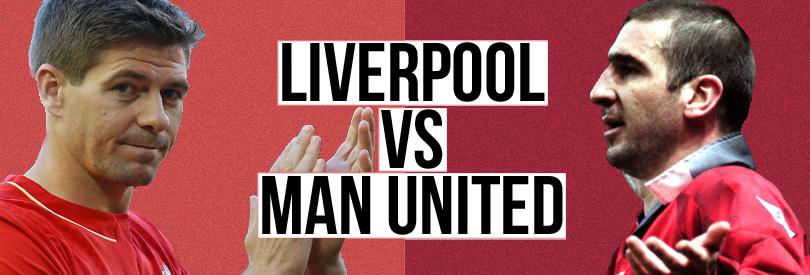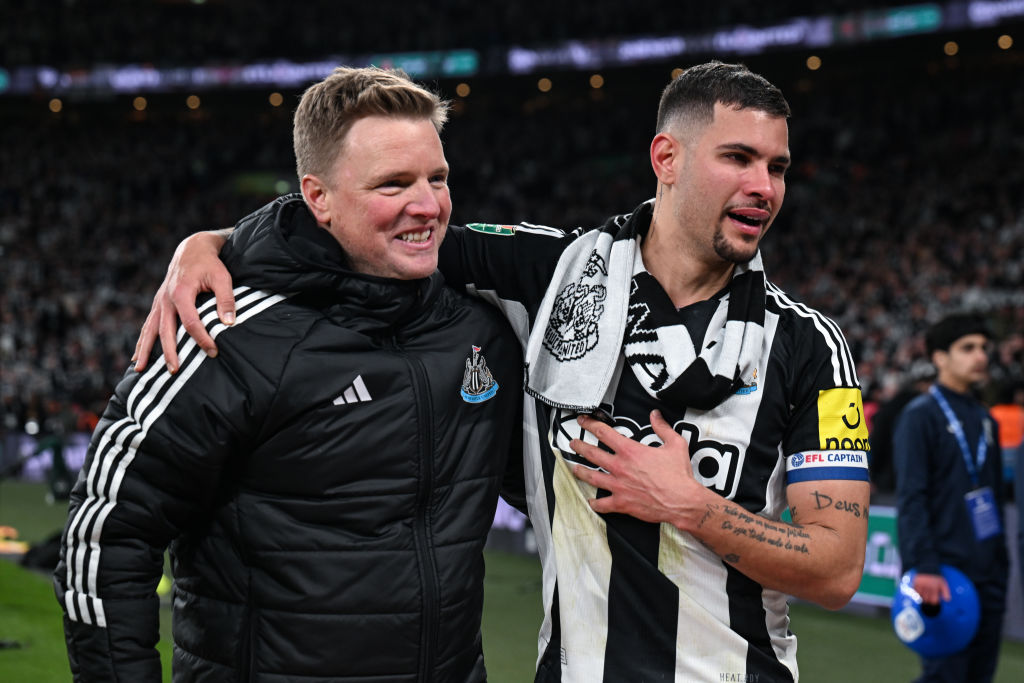How Manchester United can tweak formation to beat their injury crisis
Louis van Gaal has bemoaned injuries and a games pile-up affecting his team, but Paul Wilkes thinks there’s a viable solution right in front of him...
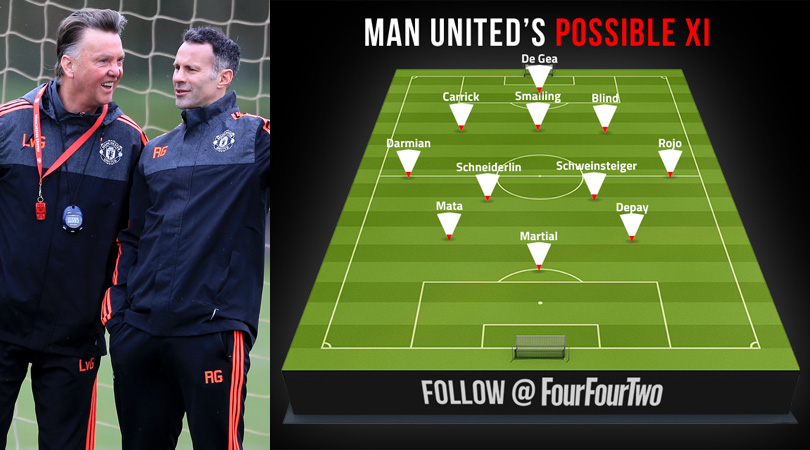
When Kevin Strootman injured his knee at the 2014 World Cup, Louis van Gaal felt it was necessary to have a complete rethink about his traditional 4-3-3 system, such was the midfielder's importance to the Netherlands. As such, Van Gaal deployed a back three for the entire campaign, using two players familiar with the system in Bruno Martins Indi and Stefan de Vrij.
The two centre-backs had spent the season within the structure at Feyenoord under Ronald Koeman and, despite Van Gaal's differences with the now-Southampton manager, he could see the benefit of retaining the ideology. His versatile current Manchester United leader Daley Blind was used as a left-wing-back, with two holding midfielders in Jonathan de Guzman and Nigel de Jong.
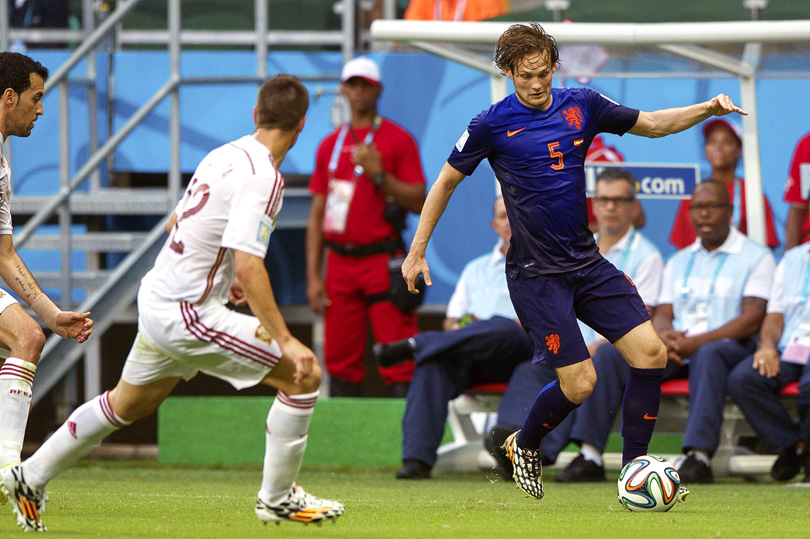
Arjen Robben played as a roaming forward in the more direct style, while Robin van Persie offered good hold-up play and, more often than not, finished any chances created. The only exception to this was when Van Gaal's men operated in a 3-4-3 formation in the 0-0 draw with Costa Rica, when Memphis Depay came into the side as an inverted-winger.
In-game demands
The coach has adapted to the situation on a number of occasions during matches, which shows he's happy to employ a back three
Van Gaal did initially use three central defenders when he first arrived in Manchester, but moved to a more typical methodology after just three league matches. United had conceded three goals in as many games at the start of the 2014/15 campaign, but even after that, Leicester fired five past them in the second match they played with a back four.
This season Van Gaal has used the system sparingly, and largely preferred either a 4-3-3 or 4-2-3-1. The former Bayern Munich boss learned from his previous woes at the King Power Stadium and used a three-man defence against Leicester because of Jamie Vardy and Shinji Okazaki's ability to run into the channels; he then adapted to the formation again after just one minute against Swansea due to Alan Curtis's selection of two inside-wingers as forwards. Against Southampton, he did it from the start (and lost).
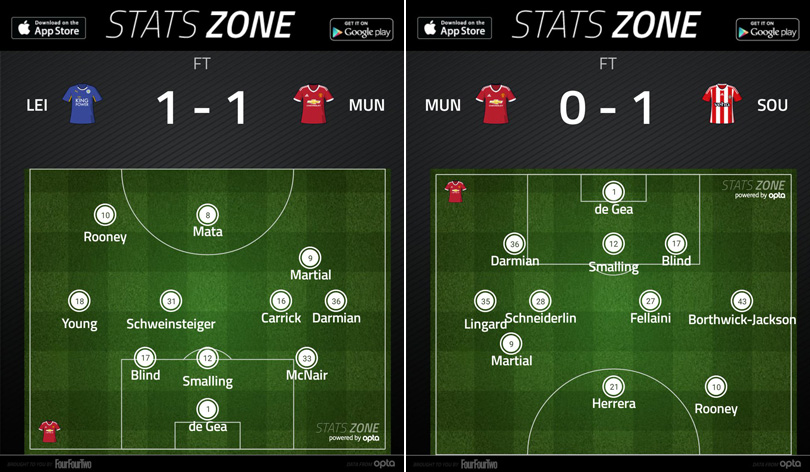
The coach has adapted to the situation on a number of occasions during matches, which shows that he's not only happy to employ a back three, but also that the players must train within the structure at times.
Get FourFourTwo Newsletter
The best features, fun and footballing quizzes, straight to your inbox every week.
Having practised three-at-the-back from young ages, most Dutch and Spanish defenders will testify that it's not too dissimilar to playing in a four-man defence. For English players, however – at least of this generation – the same cannot be said.
Awkward availability
“In the second half we tried to press like Liverpool and we changed the shape,” Van Gaal noted after the Europa League tie at Anfield, when Michael Carrick played as the central figure in a back three.
Van Gaal’s big concern with Carrick as a central defender is his lack of pace
The issue in this match wasn’t so much the decision to change tactics, but to use Carrick in this manner. In the past, Chris Smalling has occupied the middle position, which makes more sense for organising those around him, plus distributing the ball too if midfielders are forced to play alongside him.
Van Gaal’s big concern with Carrick as a central defender is his lack of pace, which is why he switched Blind with left-back Marcos Rojo rather than simply shuffling the defence over. That said, with Matteo Darmian also on the bench, the United boss could have avoided the dilemma altogether; either the Italian might have played as a left-wing back or on the right of the three-man defence.
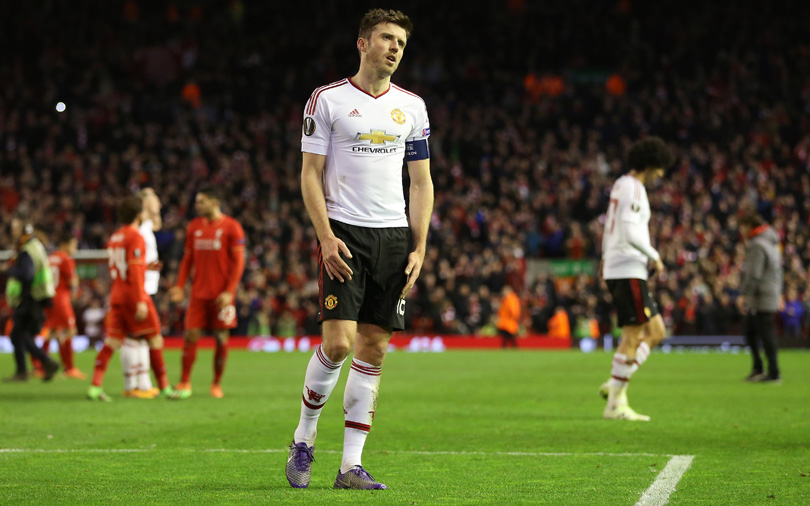
“I always have to change my team and I cannot play the same line-up in many matches,” Van Gaal complained. “It is also because of the full schedule [that] every manager in the Premier League is rotating also, but I have to rotate because of injuries or tired players.”
The options available
But it’s exactly those substantial injury concerns that should make the 3-5-2 system United’s default, at least until the end of the season. The many impact concerns and fitness issues have come throughout the team, but it's in wide areas where they have been hit most severely.
A 3-4-2-1 formation allows both Juan Mata and Ander Herrera to take up advanced positions behind a striker
They do have Cameron Borthwick-Jackson and Antonio Valencia nearing returns, but Luke Shaw and Ashley Young remain missing, and Darmian and Rojo have only just come back into first-team contention.
The sheer number of games United are facing means they are at risk of a recurrence without adequate rest.
A 3-4-2-1 formation allows both Juan Mata and Ander Herrera to take up advanced positions behind a striker, whether that’s Anthony Martial or Marcus Rashford. Alternatively, 3-4-1-2 offers another option as the two strikers can develop a relationship. Interestingly, Martial dropped between the lines against Liverpool, with Depay and Rashford looking to breach the opposing defence in tandem.
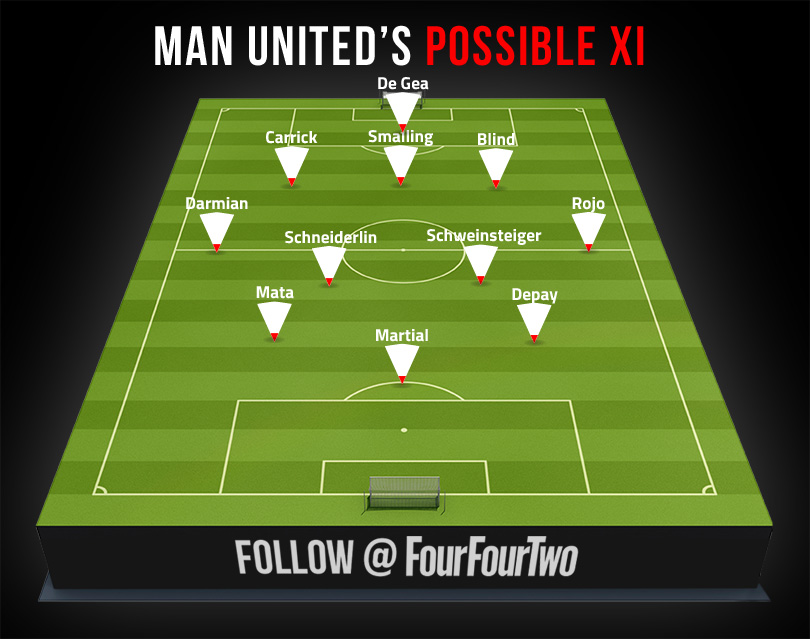
The Red Devils aren’t short of options in the centre of the park either, while the ever-improving Guillermo Varela and Jesse Lingard could occupy wing-back roles.
Three: not necessarily a crowd
When you don’t have too many players and you have to play in three competitions, it is very difficult
Most Premier League clubs are reluctant to play with a three-man defence because the majority of teams play with just one striker. However, if the players on either side of the defence are comfortable higher up the pitch and in possession then it’s less of a concern. What’s more, a number of opposition teams are now using 4-4-2 again.
“You have to see how we have to work under (certain) circumstances,” groaned Van Gaal. “When you don’t have too many players and you have to play in three competitions, it is very difficult.
“Playing with different line-ups every week and often being forced to make changes in games is not beneficial for the team-building process,” he concluded in his matchday programme notes.
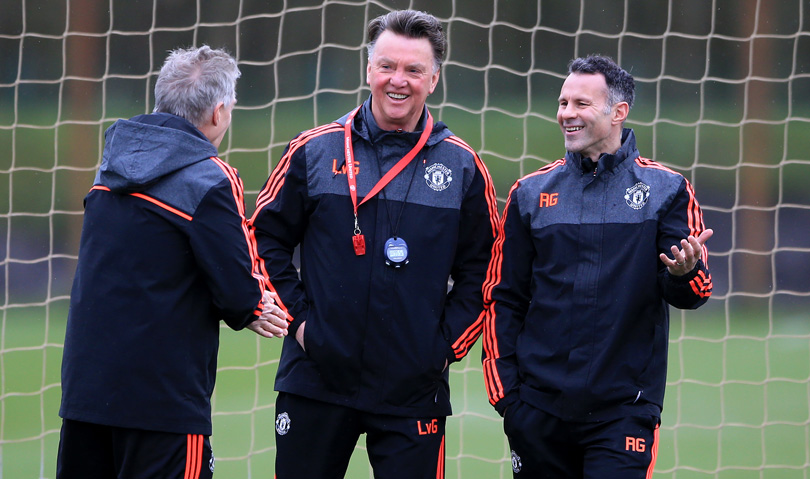
The former Barcelona and Bayern Munich coach insists there are no problems with his overall values, which may be true, but you have to question his ability to relay those methods to the players given their lack of response.
Perhaps using a formation that suits the current strengths of the players at his disposal will give his philosophy a greater chance of success – even with the medical staff operating on overtime.
